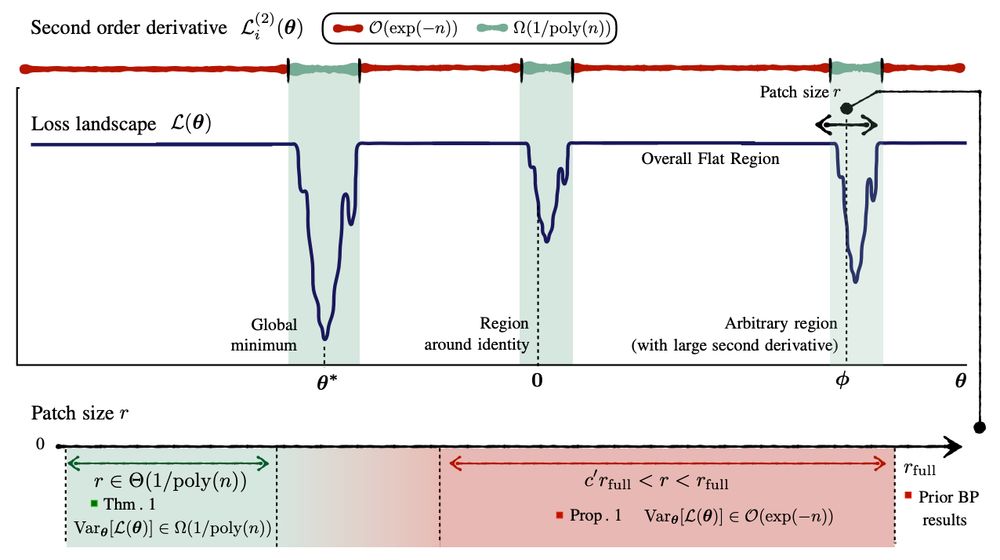Working on Quantum Computing and Quantum Metrology.




We present a bound that unifies all the previous guarantees of small regions with substantial gradients in BP landscapes. This allows us to study new architectures, parameter correlations, and points on the landscape that could not be analyzed before.
scirate.com/arxiv/2502.0...

We present a bound that unifies all the previous guarantees of small regions with substantial gradients in BP landscapes. This allows us to study new architectures, parameter correlations, and points on the landscape that could not be analyzed before.
scirate.com/arxiv/2502.0...



Here we study variational quantum simulation to explore whether warm starts can be a possible solution to exponential concentration

Here we study variational quantum simulation to explore whether warm starts can be a possible solution to exponential concentration
Short explanation 🧵 or you can find the whole paper here: journals.aps.org/prxquantum/a...

Short explanation 🧵 or you can find the whole paper here: journals.aps.org/prxquantum/a...
We study this for the dynamical regime and for the Gibbs and time-averaged dephased state.

We study this for the dynamical regime and for the Gibbs and time-averaged dephased state.
How can many-body interactions boost quantum sensing to its limits?
We show how to add controlled interactions in many-body probes to reach the highest precision limits in quantum metrology -- both for dynamical and steady states.
scirate.com/arxiv/2412.0...
#quantum

How can many-body interactions boost quantum sensing to its limits?
We show how to add controlled interactions in many-body probes to reach the highest precision limits in quantum metrology -- both for dynamical and steady states.
scirate.com/arxiv/2412.0...
#quantum

